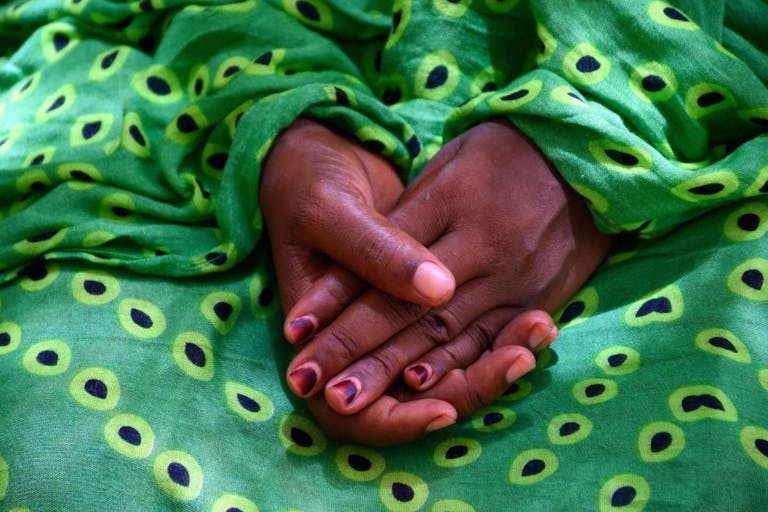
US pro-life resolve put to test with UN resolution on humanitarian operations
Stefano Gennarini, J.D.
·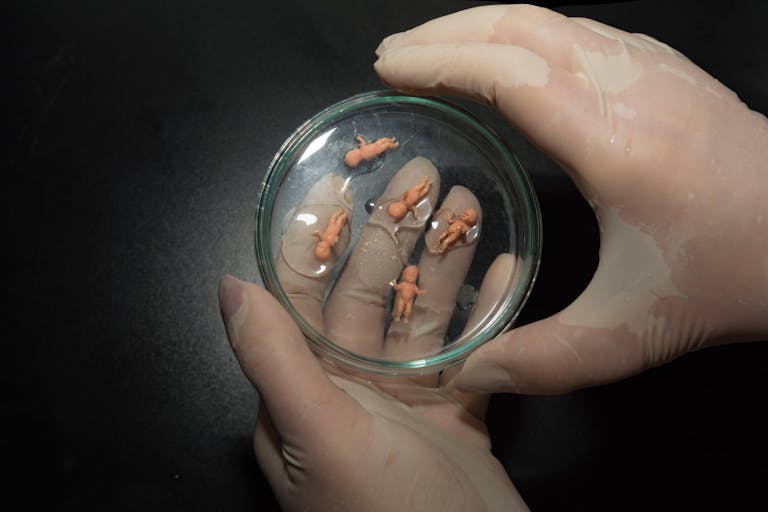
Human Rights·By Sheena Rodriguez
Researchers deliberately create motherless human embryos from skin cells
Researchers at Oregon Health & Science University say they have created human embryos without sperm or egg, but with human skin cells — in hopes that this technique could one day be used to create genetically-related children for infertile or same-sex couples.
A process known as IVG has been used to make human embryos without using a sperm or egg, but adult skin cells.
Some doctors say IVG is a positive technology that can allow infertile couples to have children biologically related to them.
Other doctors warn that this can also allow for same-sex couples to intentionally create motherless or fatherless children.
IVG is a process by which adult skin cells are used to create human gametes (eggs and sperm). The egg or sperm are generated through the use of pluripotent stem cells (iPS), in a process of “reprogramming” or stripping adult skin or blood cells back to an “embryonic-like” state where the cells can then be indefinitely duplicated.
This process is typically used for therapeutic treatments such as treating diabetes, leukemia and some neurological disorders. Embryonic stem cells, or cells created from the ‘inner cell mass’ of a pre-implanted embryo, can also be used for IVG.
Researchers at the Oregon Health & Science University claimed to have created embryos with reported genetic contributions of both parents. OHSU reported the 3-step process as follows:
Researchers transplant the nucleus of a skin cell into an egg, or oocyte, stripped of its own nucleus.
Prompted by cytoplasm within the donor egg, the implanted skin cell nucleus ideally discards half of its chromosomes in a process similar to meiosis. This is the key step, resulting in a haploid egg with a single set of 23 chromosomes rather than 46.
Researchers then fertilized the new egg with sperm through the standard process of IVF. This created a diploid embryo with two sets of chromosomes — which would ultimately result in healthy offspring with equal genetic contributions from both parents.
On the Feb 28 episode of the Lila Rose Show, author, bioethicist and former professor, Aaron Kheriaty, M.D., called IVG ‘radical technology’.
Dr. Kheriaty noted that similar to IVF, proponents of IVG, “draw on our compassion” for those struggling with infertility, but cautions that IVG “...would allow for things like creation of eggs from males, or creation of sperm from females… two men who want to have a biologically-related child could potentially use IVG for that purpose.”
Article continues below
Dear Reader,
Have you ever wanted to share the miracle of human development with little ones? Live Action is proud to present the "Baby Olivia" board book, which presents the content of Live Action's "Baby Olivia" fetal development video in a fun, new format. It's perfect for helping little minds understand the complex and beautiful process of human development in the womb.
Receive our brand new Baby Olivia board book when you give a one-time gift of $30 or more (or begin a new monthly gift of $15 or more).
"We're in the wild west of biotechnology in the United States when it comes to IVF,” stated Dr. Kheriaty, but warns that further advancements with IVG could really ramp up ethical concerns.
Dr. Kheriaty explained that, currently, the number of embryos that are created are limited due to the physical limitations of human egg production. However, IVG could easily create a “dystopian nightmare” scenario of ‘embryo farming’ where hundreds of human embryos are created for the parent to pick from to fit their desired traits; those remaining, uniquely whole human beings, are destroyed.
In addition to the numerous ethical issues of the under-regulated industry of in-vitro fertilization (IVF), the process often includes the expensive and invasive stimulation of a woman’s ovary to produce multiple mature eggs for harvesting. Looking for a way to minimize the cost and negative impacts of invasive egg harvesting procedures required for IVF, scientists pursued further research in the process of in-vitro gametogenesis (IVG).
The IVG technique was reportedly used in the case of a sheep named Dolly, created with the use of an adult sheep cell in 1997. According to OHSU, in Dolly's case, only one parent was cloned during the process where the nucleus of the cell was transplanted into the donor egg, also stripped of its nucleus. Using IVF, the fertilized sheep embryo was then implanted into a surrogate.
In a news article by OHSU, researchers echoed the caution previously given by Dr. Kheriaty earlier this year, with OHSU School of Medicine Professor of Obstetrics and Gynecology Paula Amato, M.D., stating, “In addition to offering hope for millions of people with infertility due to lack of eggs or sperm, this method would allow for the possibility of same-sex couples to have a child genetically related to both partners."
Live Action News is pro-life news and commentary from a pro-life perspective.
Contact editor@liveaction.org for questions, corrections, or if you are seeking permission to reprint any Live Action News content.
Guest Articles: To submit a guest article to Live Action News, email editor@liveaction.org with an attached Word document of 800-1000 words. Please also attach any photos relevant to your submission if applicable. If your submission is accepted for publication, you will be notified within three weeks. Guest articles are not compensated (see our Open License Agreement). Thank you for your interest in Live Action News!

Stefano Gennarini, J.D.
·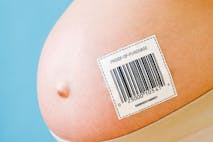
International
Angeline Tan
·
Human Rights
Nancy Flanders
·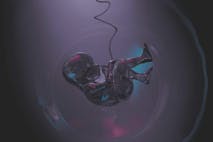
Human Rights
Angeline Tan
·
Human Rights
Angeline Tan
·
Guest Column
Right to Life UK
·
Issues
Sheena Rodriguez
·
Politics
Sheena Rodriguez
·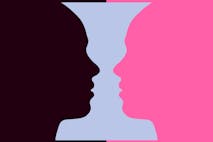
Investigative
Sheena Rodriguez
·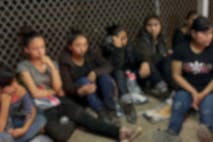
Politics
Sheena Rodriguez
·
Analysis
Sheena Rodriguez
·